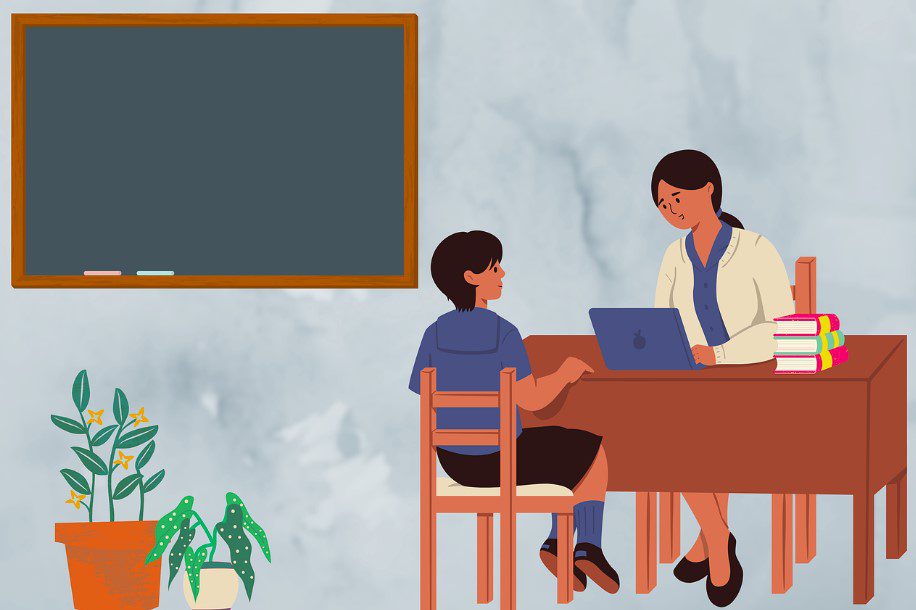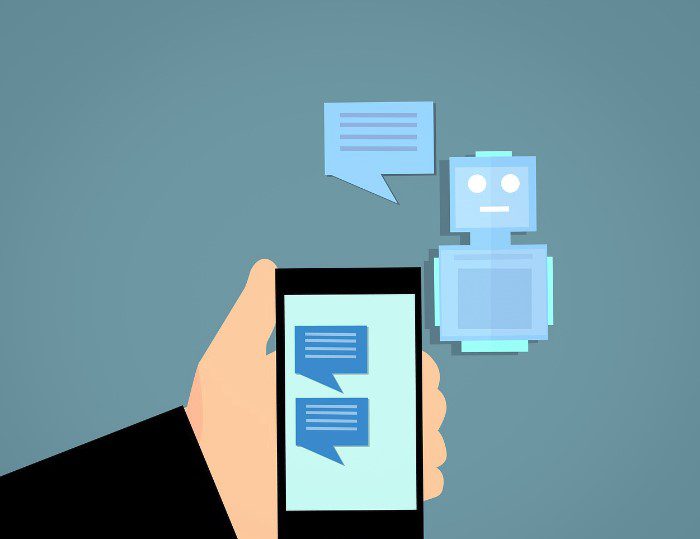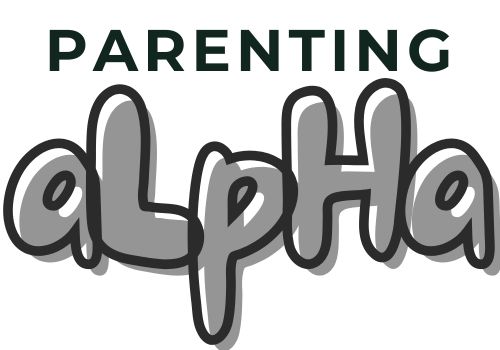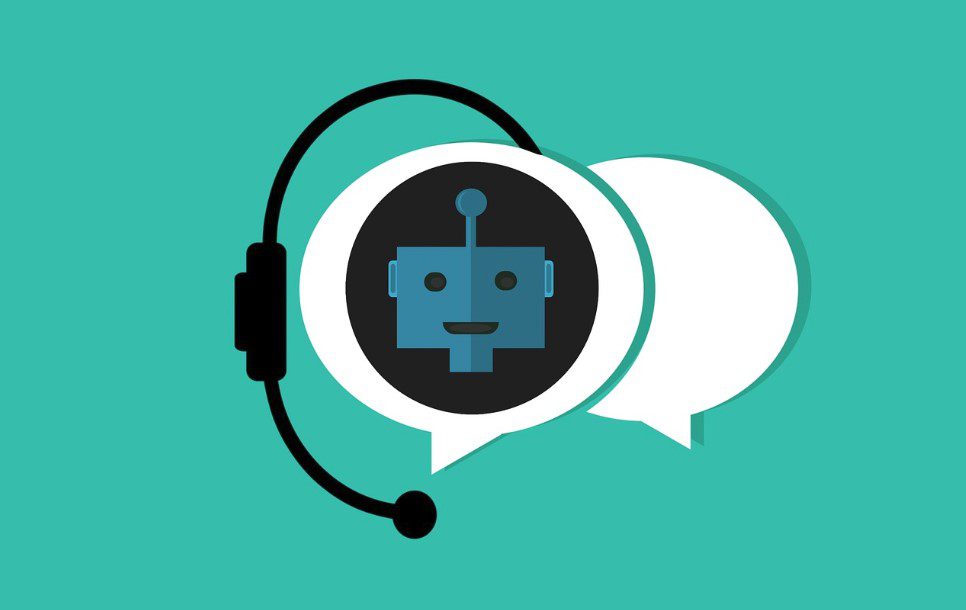It is no secret that technology has revolutionized the way we learn, and especially teach. As a teacher, you are always on the lookout for new tools and resources to engage your students and enhance their learning experience. One such tool that has gained popularity in the classroom is OpenAI’s ChatGPT.
ChatGPT is a Generative AI-powered chatbot designed to simulate human-like conversations. It can answer a wide range of questions on various topics, from history and science, to literature and sports.
As a modern teacher, you can use ChatGPT to your advantage in many ways.
See How ChatGPT Works
Let’s say you want to know the answer to a question, like
“What is the capital of France?”
You might type that question as is into a chatbot or virtual assistant that uses ChatGPT.

ChatGPT would analyze your question and use its understanding of language to determine that you are asking for information about a specific topic, namely the capital city of France.
Using its training data, ChatGPT would generate a response to your question, which might be something like this:
“The capital of France is Paris.”
This response stems from patterns that ChatGPT has acquired through the analysis of extensive text data, including books, articles, and websites.
The response is intended to sound natural and conversational, much like something a human might say in reply to your question.
Let’s also say you ask the following question:
“What is the Laplace transform of f(t) = t^2 * e^-2t?“
ChattGPT will be able to understand the question and recognize that you are asking for the Laplace transform of a function. It will then use its knowledge of Laplace transforms and calculus to calculate the answer.
Using the definition of the Laplace transform and some algebraic manipulation, it can find that the Laplace transform of f(t) is given by:
L{f(t)} = ∫[0,∞] t^2 * e^-2t * e^-st dt
Where L{f(t)} represents the Laplace transform of f(t), and s is the complex Laplace variable.
Applying integration by parts twice, it can find that:
L{f(t)} = 2 / (s+2)^3
Therefore, it will give you the answer:
“The Laplace transform of f(t) = t^2 * e^-2t is 2 / (s+2)^3.“
ChatGPT works by processing natural language input and generating natural language responses. It uses its deep learning capabilities to understand and respond to a wide range of queries and statements.
Should You Use ChatGPT in the Classroom?

Whether or not you choose to use ChatGPT in the classroom ultimately depends on you and your teaching style.
Nonetheless, there are several potential benefits to incorporating ChatGPT into the 21st century classroom, such as personalized learning, 24/7 availability, interactive learning, language learning, and assessment.
As with any tool or resource, it’s important to use this chatbot appropriately and effectively to enhance students’ learning experiences. Teachers should also monitor their students’ usage of ChatGPT to ensure they are using it appropriately and provide guidelines if necessary.
How Does ChatGPT Enhance Learning in the Classroom?
Personalized Learning:
One of the most significant advantages of using ChatGPT is that it allows for personalized learning. Every student has a unique learning style and pace.
With ChatGPT, you can provide personalized learning experiences to each student. For example, you can assign different questions to different students based on their interests and knowledge level. This will help students to learn at their own pace and in a way that suits them best.
ChatGPT can adapt to their learning pace and provide content that matches learner levels of proficiency. As the learner progresses, ChatGPT can suggest new learning strategies, such as interactive exercises or language exchange programs.
24/7 Availability:
ChatGPT is available 24/7, which means students can access it anytime they want. This is particularly useful for students who may not have access to textbooks or other learning resources at home. They can use ChatGPT to clarify their doubts and get instant answers to their questions.
Interactive Learning:
ChatGPT offers an interactive learning experience that engages students and promotes critical thinking. Students can ask open-ended questions and receive answers that encourage them to think deeper and explore new ideas. This can help to spark their curiosity and develop their analytical skills.
ChatGPT can provide interactive exercises such as quizzes, puzzles, and simulations to reinforce learning. Individuals can practice what they have learned and receive immediate feedback from ChatGPT, which can help them understand concepts better.
Language Learning:
ChatGPT can also serve to enhance language learning. Students can use ChatGPT to practice their language skills by asking questions and receiving answers in the target language. They also get the opportunity to read wide. This can help to improve their vocabulary, grammar, and pronunciation.
Assessment:
ChatGPT can function as a means of assessment to gauge students’ knowledge and comprehension of a topic. You can create quizzes and tests using ChatGPT and use the results to identify areas where students need further help.
When Shouldn’t a Teacher Use ChatGPT in the Classroom?

While there are many potential benefits to using ChatGPT in the classroom, there are also some situations in which it may not be appropriate or effective.
Here are some instances when you may want to reconsider using ChatGPT in the classroom:
When students have limited access to technology:
If your students do not have access to computers or smartphones, using ChatGPT may not be feasible.
When students need direct interaction with the teacher:
ChatGPT is an AI-powered chatbot, which means it cannot provide the same level of personal interaction and feedback that a teacher can. In some cases, students may need direct interaction with the teacher to clarify doubts and receive personalized guidance.
When the curriculum does not align with ChatGPT’s capabilities:
ChatGPT is a general knowledge chatbot that can answer a wide range of questions, but it may not have the expertise to answer questions related to specialized topics or subjects.
When students become too reliant on ChatGPT:
Although ChatGPT can be a valuable tool for improving learning, it should not be utilized as a substitute for critical thinking and problem-solving skills. Students should be motivated to cultivate independent thinking and avoid relying solely on ChatGPT for answers.
When ChatGPT is not used appropriately:
If ChatGPT is not employed appropriately or effectively, it can indeed impede learning instead of enhancing it. Teachers should ensure that students are using ChatGPT properly and provide guidance if necessary.
FAQs:
Q. Is ChatGPT only useful for high school students?
A. No, ChatGPT can be used by students of all ages, from elementary school to college.
Q. Can ChatGPT replace teachers?
A. No, ChatGPT is a tool that can be used to enhance learning, but it cannot replace the role of a teacher.
Q. Is ChatGPT free?
A. Yes, ChatGPT is free to use.
Q. How can I ensure that my students are using ChatGPT appropriately?
A. You can monitor their usage and provide guidelines on how to use ChatGPT effectively.
Conclusion:
ChatGPT is a powerful tool that can be used to enhance learning in the classroom. By incorporating ChatGPT into your teaching, you can provide personalized learning experiences, promote critical thinking, and improve students’ language skills.
However, it’s important to remember that ChatGPT is not a replacement for teachers. As a teacher, it’s your responsibility to guide and support your students, and ChatGPT can be a valuable tool to help you achieve this goal. Teachers should consider the specific needs of their students and curriculum before deciding whether or not to incorporate ChatGPT in their teaching.
So, why not give it a try and see how it can benefit your classroom?





Leave a Reply